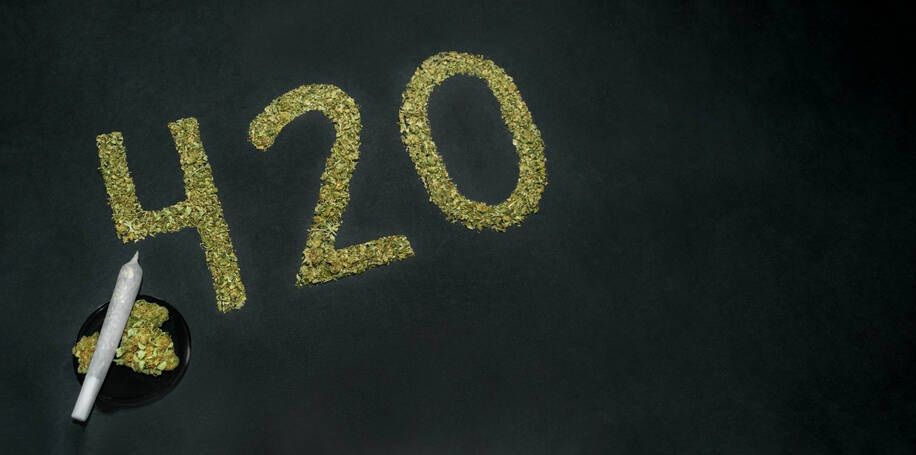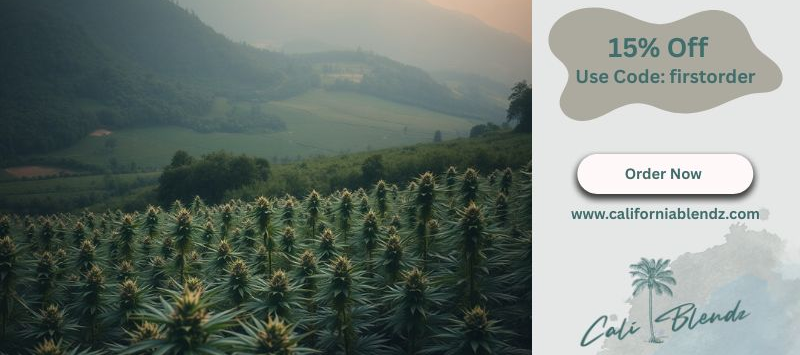April 20, known simply as 420, has become the most recognized holiday in marijuana culture—a day of celebration, protest, and unity. But how did a random number become synonymous with marijuana?

The story begins not with politicians or activists—though both now use the 4/20 moniker to push legislation and agendas—but with a group of high school friends known as the Waldos.
In the early 1970s, five students at San Rafael High School in Marin County, California—Steve Capper, Dave Reddix, Jeffrey Noel, Larry Schwartz, and Mark Gravich—used the term “420” as code for meeting up after school to search for an abandoned marijuana crop. They chose 4:20 p.m. as their meeting time, after sports and classes were done for the day. The phrase “420 Louis,” referring to their meeting location by the Louis Pasteur statue on campus, eventually got shortened to just “420.” You can read more about the group’s story here.
What began as a simple code word quickly evolved into something much larger, thanks in part to the group’s connection to the Grateful Dead. Dave Reddix’s older brother managed a Grateful Dead side project, and Reddix himself ended up working closely with the band. The Waldos shared their slang with the Dead and their entourage, and it wasn’t long before “420” started circulating within the band’s massive fanbase, the Deadheads.
By the 1990s, the term had reached national prominence when High Times began using it in articles and event promotions. That coverage helped turn April 20 into a de facto marijuana holiday, and in 1998, the magazine officially credited the Waldos as the originators of the term. Additional background on how High Times helped elevate the phrase is available here.
Along the way, plenty of myths have emerged. Some claimed “420” was a police radio code for marijuana possession. Others thought it was tied to Bob Dylan’s “Rainy Day Women No. 12 & 35” since 12 times 35 equals 420. None of that is true, and the Waldos’ version remains the only explanation with actual evidence to back it up.
As the phrase took off, so did the tradition of celebrating on April 20. What began as low-key smoke sessions has turned into large-scale public events in cities across the globe.
Over time, 4/20 has become both a party and a protest. Seattle Hempfest founder Vivian McPeak once said the day is “half celebration and half call to action,” and that dual purpose still defines the occasion. More than just a moment to light up, 4/20 is also a platform to push for legalization, expungement of criminal records, and marijuana policy reform.
In the modern era, as more states legalize marijuana, April 20 is increasingly embraced by legal retailers. Dispensaries across the country now offer special deals, host events, and sponsor community gatherings. While some worry that the holiday has become overly commercialized, many continue to see it as a symbol of progress—and a reminder that the work isn’t done.
Despite its counterculture origins, 4/20 is now part of the mainstream marijuana movement. And it all started with five teenagers, a statue, and a plan to find some free cannabis after school.






